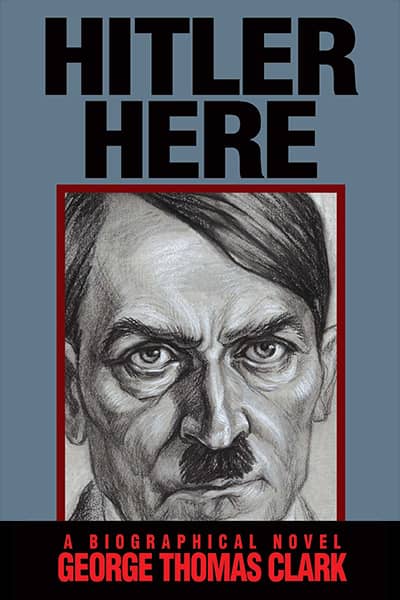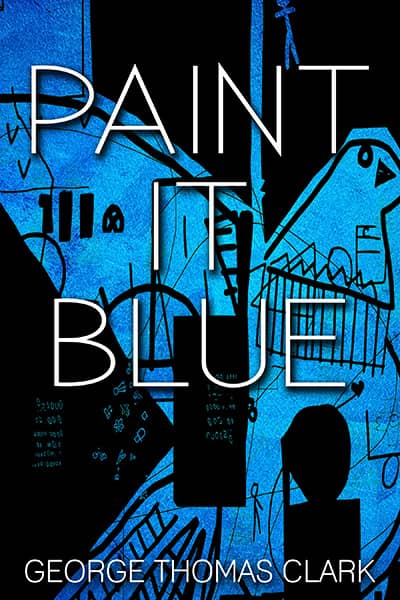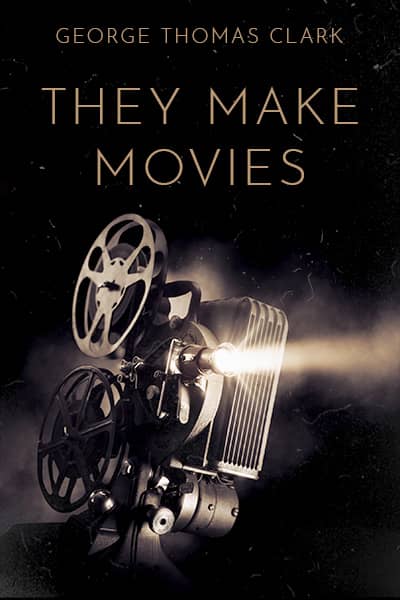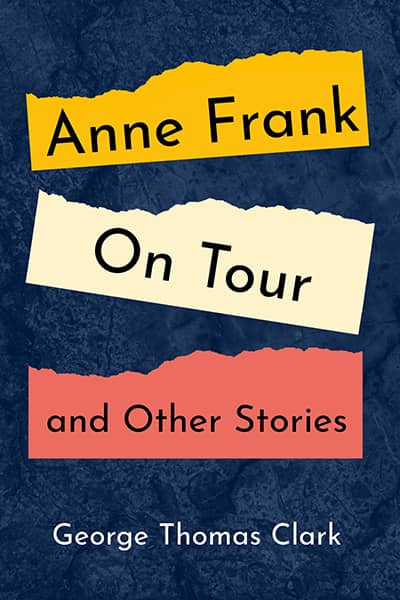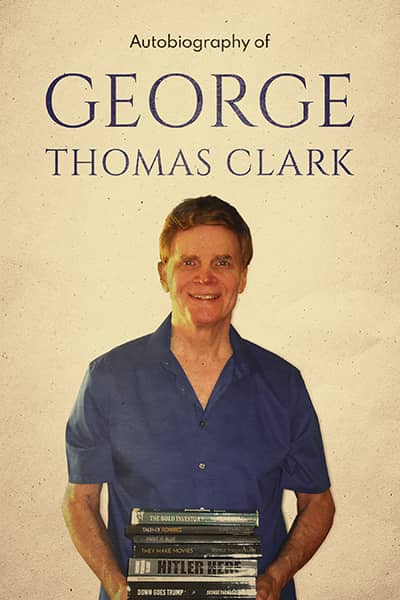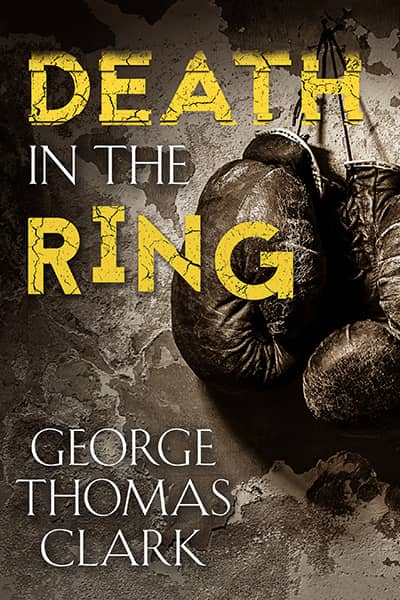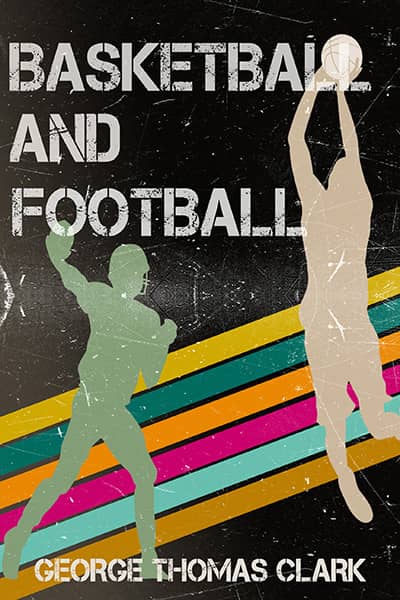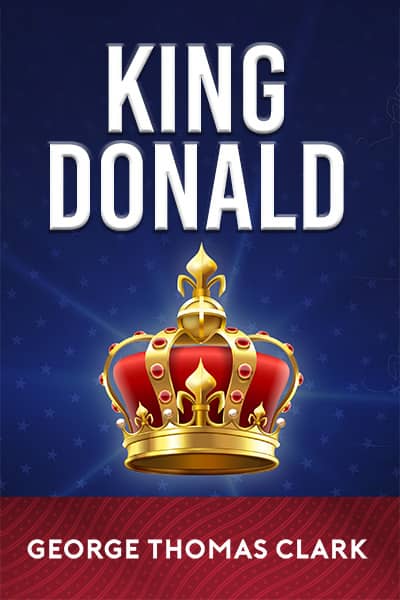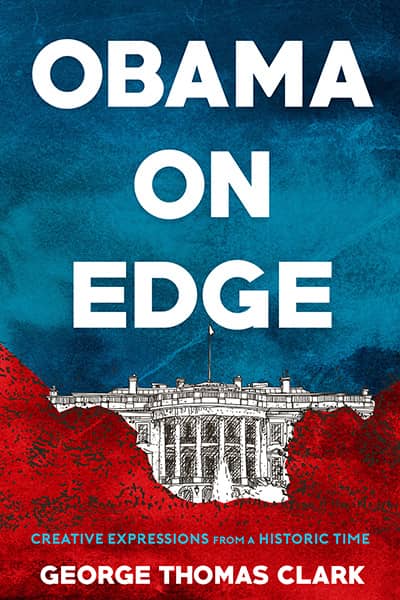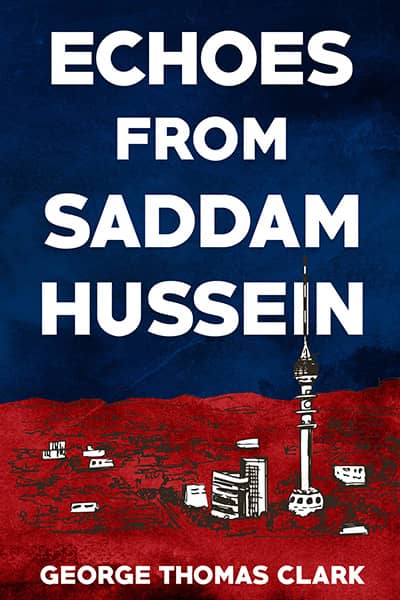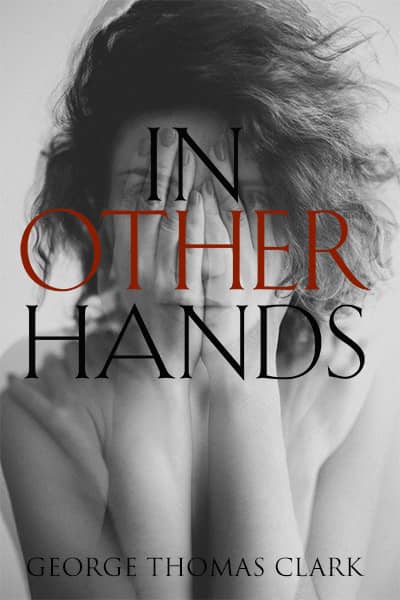Fantasizing on Highway 99
April 26, 2005
Pretty soon you’ve got to drive from Bakersfield to Sacramento. You are, of course, thankful you don’t have to start further south in Los Angeles and thus crawl up and down scorched and barren mountains that separate the city of glamour and poverty from the rest of the state. Your journey, instead, will take you through the desolation and haze of California’s great Central Valley where citizens in several towns and cities are battling Angelinos for the distinction of breathing the most noxious air in the nation.
At the same time, it must not merely be conceded but emphasized that water flowing down and directed in from the High Sierra has coalesced with money, ingenuity, and discipline to transform a valley desert into a fountain of fruit and vegetables more prolific than anything the world has produced. That will make you proud. If you reflect, it will also humble you. But it will not long entertain your eyes or your mind during the four or five hours you’ll be on Highway 99. The people who have lived along and near this aging and often too narrow throughway are much more intriguing than anything visible from a speeding car.
In Bakersfield, as you’re departing, think not of the dry bed of the Kern River crawling under the freeway. Ignore the frighteningly discolored earth everywhere you look. Don’t stare at the oil wells bowing and rising the same way forever. Instead, think about Earl Warren, born and raised here before leaving to become a fine Bay Area district attorney, an excellent governor of this state, and a great Supreme Court Chief Justice who, in 1954, was a leader in approving the landmark Brown v. Board of Education case declaring that in America “separate is not equal” and that all races must have access to the same schools.
Enthusiasm also rises with recollections that in country music Bakersfield deserves the modestly exaggerated nickname Nashville West. Merle Haggard drew his first breath here and overcame criminal tendencies and a stint in San Quentin to become a singing and songwriting legend. Only slightly less prestigious is transplanted Oklahoman Buck Owens, who croons and plays several instruments quite well, and also runs a business empire founded on country radio stations, some of which have been sold for huge profits. Buck’s enduring legacy may be his Crystal Palace restaurant, museum, and concert hall that serves sumptuous albeit artery-clogging food before you watch top notch singers from around the country in a glittering yet intimate atmosphere that keeps luring you back. You can’t be sure when Buck will join his Buckaroos on stage; he’s in his mid-seventies now, and a decade ago had surgery for throat cancer, and last year barely survived a stroke. But when he decides he’s ready, the man still delivers.
Let’s move to sports. In Bakersfield that means you start with Frank Gifford, the Bakersfield High and Bakersfield College alum who then headed south to become an All American running back at USC before traveling east and starring many years for the New York (football) Giants. In his early off seasons, Gifford lived in Bakersfield but the entertainment allure of Hollywood and New York predominated. You need only recall Burt Reynolds’ anecdote about the young Gifford. Both were among a group of actors preparing for screen tests, and the makeup artist asked Reynolds what kind he wanted.
“I’ll take the same thing he’s wearing,” said Reynolds, pointing at Gifford.
“He’s not wearing makeup,” said the artist.
Memories of Gifford inevitably also prompt visions (pleasant or not) of Howard Cosell, the two of them on Monday Night Football, then a national institution, Cosell sardonically slicing everyone he could and Gifford suavely serving as a straight man between Howard and Dandy Don Meredith.
At least two other gridiron luminaries must be mentioned. David Carr played high school ball in Bakersfield, was considered only a fair prospect, went to Fresno State, sat on the bench two seasons, redshirted one, then as a junior and senior filled the Valley air with tight spirals for touchdowns and became the first player taken in the NFL draft. He’s currently starting and progressing toward stardom for the Houston Texans. The other late bloomer is Stephen Neal who, as a slender six-foot-five, hundred ninety pound prep wrestler from San Diego, finished only fourth in the state meet. He came to Cal State Bakersfield, frequently got roughed up during his first three years, one as a redshirt, but continued lifting weights and eating and learning, and as a super heavyweight senior in 1999 became the first wrestler to in one year win the NCAA title, the National Championship, the Pan American Games gold, and the World Championship.
A few years ago, weary of rolling around on the mat for low pay, Neal headed for the NFL, where coaches told him he was big and strong, all right, but hadn’t learned much football in high school and must have forgotten that. This decade’s gridiron guru, Bill Bellichek of the New England Patriots, said it “would have been a stretch to even call Neal a player.” No coach is going to lead three Super Bowl winners without foresight: Bellichek kept Neal on the reserve squad a couple of years and was patient during a series of injuries after Neal had become a player. The result was evident this January during the AFC title game when Neal, pulling from right guard, led running back Corey Dillon on some key gains. He also started two weeks later in the Super Bowl.
Up Highway 99 about a half hour you enter Delano, a small town with much poverty, and therefore an appropriate headquarters for Cesar Chavez, founder of the United Farm Workers union, a champion of civil rights as well as workers rights, friend and colleague of Bobby Kennedy and Jesse Jackson, and a man with a high school in town named after him. Chavez died in his mid-sixties in 1993 but his name is still, and will always be, associated with Delano, and the Central Valley, and the eternal struggle to get better wages and benefits for those who sacrifice their bodies to earn a subsistence living while providing low-cost produce for a hungry state and nation.
Another half hour up Highway 99 and you’re moving through Tulare. Don’t blink. Just keep your eyes on the road and tell yourself here is the boyhood home of Bob Matthias. As a seventeen-year old prep he went to the 1948 Olympics – due to the war, the first since the 1936 Olympics in Berlin – and won the decathlon. He repeated the feat in 1952. How does such a young fellow with two gold medals stay competitive and enthused? Eventually, the answer came: run for Congress. Matthias won those elections. And you can’t mention his name in the Central Valley without knowledgeable people volunteering he also was a renowned social decathlete in the nation’s capital. That, perhaps, was a delayed reward for having won gold medals in an era before track and field excellence was appropriately compensated.
Even though Lemoore is about twenty minutes west of Highway 99, there’s a road sign pointing to the town, so you’re encouraged to envision one of the fastest-moving folks who ever lived – Tommie Smith, winner of the most exciting two-hundred meter race of all, the final in the 1968 Olympics in Mexico City. Teammate John Carlos had recently beaten Smith and was favored by some, and that preference looked appropriate as the fast-starting Carlos powered away from the always slow-starting Smith until the backstretch where the six-foot-four Smith finally unlimbered his long legs and put himself into a gear no man had attained. The result was a world record. The awards ceremony is by some even better remembered. Standing on the gold medal podium, Smith raised a black-gloved hand as a civil rights protest, and John Carlos did the same from the bonze medal step. (While the shocked Carlos had looked over at the zooming Smith, an Aussie passed him on the back side to take the silver medal.) Both men were kicked off the team and banished from Olympic competition. Years later, in 1980, Smith was interviewed in San Jose where he’d brought his Santa Monica City College track team for the state championships.
“I was letting people know how I felt about this country’s racial problems, and that helped me a lot psychologically,” he said. “The demonstration doesn’t hurt my career now, but it caused me to be fired from jobs ten years ago. I was ridiculed and insulted by uncouth people to the point where I almost had a complete mental and physical breakdown.
“I’m not going to lie and say there are no longer any problems. I try to be a realist. I think racism is now overt, whereas it was covert in the sixties. There has been progress in this area, however. The fight must go on, that’s all. I’m just as proud of this country as anyone.”
Another gold medalist, Rafer Johnson, went to school a little further up Highway 99 in Kingsburg. He is renowned for the stirring decathlon battle he waged with UCLA teammate and close friend C.K. Yang at the 1960 Olympics in Rome. Throughout the competition, when both frequently appeared on the verge of winning or losing, the athletes encouraged each other, and made a powerful statement about international cooperation. Yang was from Taiwan (then Formosa), in every way a world away from the heartland of the Central Valley. In 1984 Johnson was still trim and athletic as he ran up the steps in the Coliseum, torch in hand, to light the Olympic flame initiating the Games in Los Angeles.
You’re in Fresno now, ignoring the smoky skyline and thinking about creative arts. You know an original painting by Diego Rivera hangs in the Fresno Art Museum. It’s not a major Rivera work but it’s a good one he sold for a few hundred dollars, a lot of money eighty years ago, to an art patron who later donated it. Right off the freeway, in the Fresno Metropolitan Museum, you can visit the section honoring writer William Saroyan, a Pulitzer Prize recipient for “The Time of Your Life.” This dedicated man of letters scoffed at the award, declaring the winning work no better than the rest of his output. Saroyan twice married the same beautiful blond woman, and was twice divorced. She subsequently married actor Walter Matthau. Saroyan might not have found personal tranquility but he created quietude by purchasing the house next door and leaving it vacant as a buffer against the world.
It seems athletes who hurl balls are most prominent in Fresno. Local pitcher Tom Seaver overpowered Major League hitters for two decades and won more than three hundred games and a place in the Hall of Fame. And one of David Carr’s predecessors at Fresno State, Trent Dilfer, quarterbacked the Baltimore Ravens when their pulverizing defense keyed a Super Bowl victory several years ago. You could also reasonably say that former Fresno State basketball coach Jerry Tarkanian hurled the recruiting rule book and brought in every good player he could, regardless of the athlete’s academic aptitude or criminal background. Quite a few of Tark’s guys were arrested, one while wielding a sword. No one got hurt, so don’t dwell on that. Picture instead the Runnin’ Rebels of Nevada – Las Vegas, where Tarkanian had his greatest teams. Remember a nice guy who believed in giving kids a chance to climb out of poverty.
About an hour more and you’re in Modesto and not for a second have you thought: “This is “Condit Country.” You had been afraid you’d recall former Congressman Gary Condit and his evident lack of concern for a missing mistress, who was later discovered dead in a park near Washington, D.C. Condit didn’t do it. Scott Peterson certainly did; he murdered his wife and unborn child. But you’re light years from any of them. You’re remembering the countless world class sprinting events from the Modesto Relays. You’re savoring images of Carl Lewis, the greatest track and field athlete in history, dashing down the lane to victory. You’re also intrigued by memories of the urbane Payton Jordan, former track coach at Stanford. In his mid-sixties a quarter century ago, the professor of running is thrusting his knees high, sprinting like a young man, as he demolishes then Senator Alan Cranston and everyone else in the world in his age group.
A half hour later you’re in Stockton. The geography hasn’t changed – everything’s still flat and brown – but you’re in the same town as the University of the Pacific, where the legendary Amos Alonzo Stagg once patrolled the gridiron and amassed some of the wins that made him number one on the career list until surpassed by Bear Bryant of Alabama. UOP is also the alma mater of all conference safety Pete Carroll, the dynamically laid-back and eternally youthful lad who has resurrected the USC football program and led it to two straight national championships.
Stockton is also the birthplace of artist Kara Walker. As you glance at the rough edges of the city of her youth, remember that her work depicts a very different place – the antebellum South, which she began to creatively explore as a student at the Atlanta College of Art. In Walker’s hands, black paper is intricately cut into various human forms, then silhouetted against white walls, to depict the lives of slaves and slave owners. Degradation, sex, violence, sadism, humor, and grace – they are all on the wall, a temporary screen exploring the past and asking what it means today.
Lighter moments are less than a half hour ahead in Elk Grove. Here big Bill Cartwright played stellar high school basketball and launched a career that would lead to the New York Knicks and the Chicago Bulls. Michael Jordan was a teammate. The Bulls were Jordan’s team. The NBA was Jordan’s league. He often scolded and corrected Cartwright, who usually absorbed the commander’s barbs but once threatened to bust his chops. In recent years Cartwright returned as head coach of the Bulls but was impatient with young players still far from their prime, and he was fired.
You’re in Sacramento now, the pearl of the Valley, capital of the most populous and creative and exasperating state in the land, and home of the Kings. The most compelling personalities in Sacramento have generally come from other cities, states, and nations. Governors Hiram Johnson, Earl Warren, Pat Brown, Ronald Reagan, and Jerry Brown ruled here. Now it is Arnold Schwarzenegger’s town, even when he one day proclaims he wants to close the border, and the next says he really just meant control it. Sacramento was also home to Max Baer, Sr., for a time heavyweight champion of the world and forevermore father of Junior, who played Jethro on the Beverly Hillbillies. This is also where Mark Spitz received intensive early training in a swimming career that culminated in his winning seven gold medals during the 1972 Olympics. Artist Wayne Thiebaud still lives here and paints surrealistic from-the-sky-down landscapes of the morose fields and water in the valley. He is most renowned for his cheerful paintings of desserts but more distinguished because of his striking human portraits and dizzying cityscapes that make you feel like you’re about to fall out of tall buildings onto streets in San Francisco. That’s right. The City by the Bay beckons only ninety miles away. Take Interstate 80 west.
